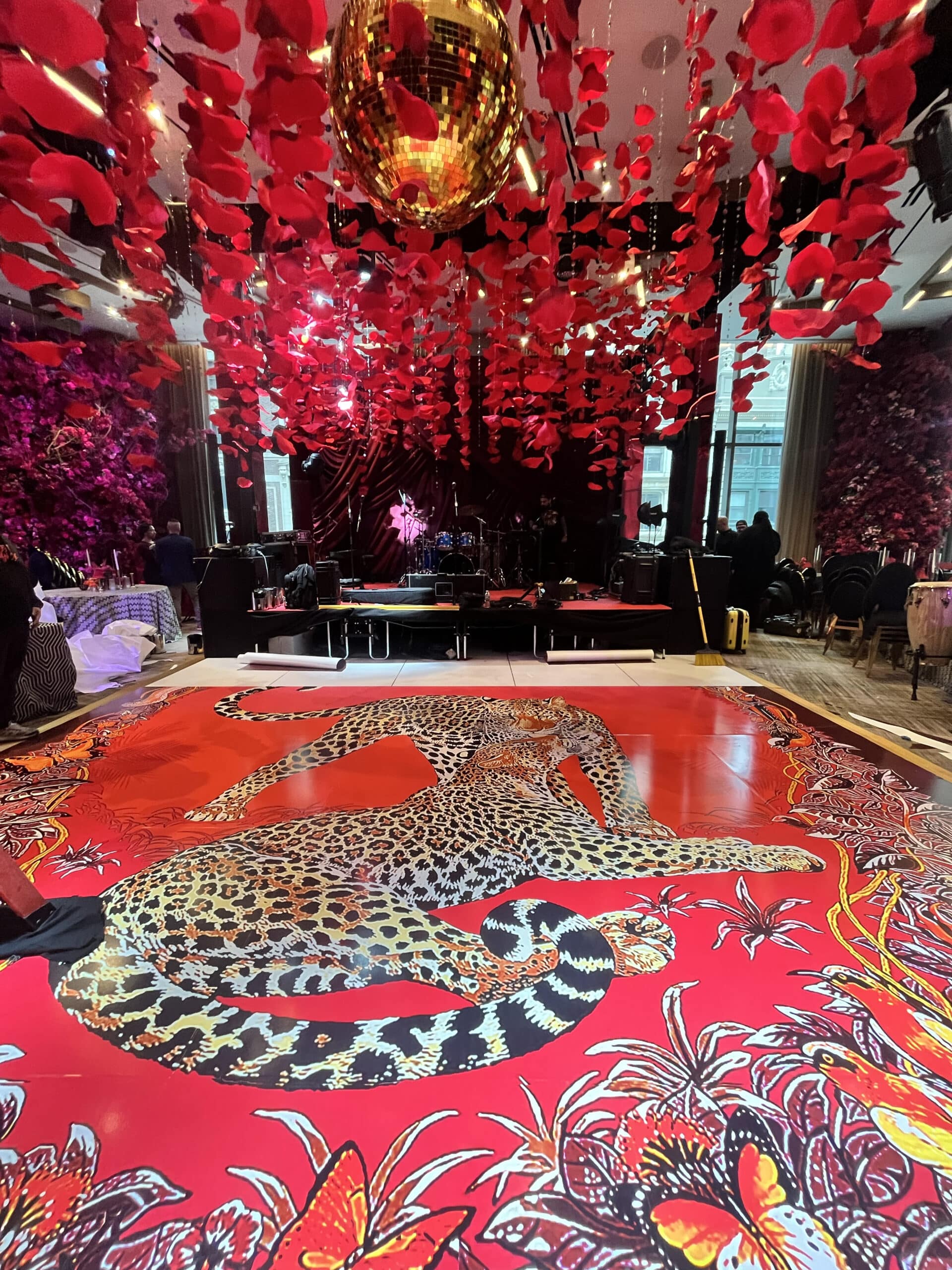Dancing activities is a popular activity that unites people together, whether at a party, a club, or a special occasion. Yet, while dancing can be a lot of fun, it is essential to maintain safety in mind. The dance floor can pose various hazards that may lead to accidents or incidents if not addressed properly. By recognizing and mitigating these common hazards, function organizers and dancers can ensure a safe and pleasant experience for all.
One of the most significant hazards on the dance area is the risk of slipping or falling. This can happen due to liquid accidents, uneven ground, or crowded spaces. To avoid these accidents, it is crucial to keep up a clean and clear dance area. Event organizers should regularly check the floor for any spills or obstacles and clean them up immediately. Furthermore, making sure that the dance floor is adequately lit can help dancers identify potential hazards, lessening the chances of falling. Dancers should also be mindful of their surroundings, steering clear of crowded areas where they may be shoved or tripped.

Another frequent issue on the dance area is the potential for injuries caused by too many people. When too many people congregate in one area, it can lead to bumps, contusions, and even more grave injuries. To prevent overcrowding, locations should set a maximum capacity for the dance area and monitor it closely. Event coordinators can use barriers or cords to create designated areas for dancing, which can help control crowd flow. Additionally, encouraging dancers to be conscious of their personal area and to respect others can create a more secure environment for everyone.
Injuries can also happen from improper footwear. Using shoes that see this page are not suitable for dancing can lead to falls, accidents, or foot damages. Dancers should choose footwear that provides adequate support and traction. Event coordinators can encourage guests to choose appropriate shoes by including this information in announcements or communications. Providing a location for dancers to store their shoes can also help keep the dance floor safe and clear from potential risks.
Lastly, it is essential to recognize the significance of health and wellness on the dance area. Staying hydrated is crucial, especially during long periods of dancing. Lack of hydration can lead to dizziness, fatigue, and other health concerns. Event organizers should provide hydration stations or encourage guests to carry water bottles. Additionally, it is vital for dancers to pay attention to their bodies and take breaks as necessary. By promoting a healthy environment, all can enjoy dancing while minimizing the threat of health-related issues.
In conclusion, visit the website guaranteeing safety and enjoyment on the dance area requires consciousness and proactive measures. By identifying hazards such as slips, overcrowding, improper footwear, and health issues, event coordinators and dancers can work together to create a secure environment. Implementing these steps not only prevents mishaps but also enhances the overall encounter for everyone involved. With appropriate precautions, the dance floor can remain a space of fun and camaraderie for all.
Comments on “Guaranteeing Protection and Enjoyment on the Dancing Space: Recognizing and Preventing Frequent Dangers”